We use cookies to make your experience better. To comply with the new e-Privacy directive, we need to ask for your consent to set the cookies. Learn more
Horse Wormers | Identify the parasite, then act
Before taking out the horse wormers, first know the various types of worms in existence, as your horses can carry multiple at once. Often with serious health consequences occurring before they show any outward signs of infection. It is therefore essential that all horse properties have a good worming program in place.
The following are main types of worms that can affect your horse;
Strongyles
are found in the large intestines where the females lay eggs that leave the body via manure. The eggs hatch and when larvae grow they climb grass where they are consumed by the horse. They cause damage when they move through the intestine walls into vital organs and arteries.
Large Roundworms
are found in the small intestine of the horse. The female lays eggs in the intestines which are excreted in manure. Two weeks later the eggs become ineffective, then when they are consumed while the horse is grazing the eggs hatch in the stomach and intestines. They migrate into the blood where they are transported to the liver and lungs, here they cause digestive upset and organ damage.
Pinworms
mature in the large intestine and rectum of the horse. Eggs are consumed by horses from contaminated feed, water, bedding etc. This worm causes irritation so rubbing of the tail is a common symptom. Eggs can be transported onto any surface the horse touches as well as passed in manure.
Bots
are the immature version of the bot fly. Female bot flies lay yellow eggs on the hairs of the horse that hatch into first stage larvae after 2-5 days. Theses larvae migrate to the mouth and burrow into the soft tissue there. Three weeks later, second stage larvae emerge and travel down the throat, attach to the stomach lining and develop into third stage larvae. They obstruct the flow of food and irritate the stomach lining and can cause stomach rupture. These larvae then pass through the horse and hatch from manure.
Tapeworms
attach to the horses intestinal lining. They take nutrients from the horses diet and damage tissues. Eggs are passed with the manure of infected horses onto pasture and are ingested by forage mites. The tapeworm develops in the body of the mite and gets ingested by a grazing horse. It is released and 6-10 weeks later is an adult that attaches to the horse’s intestine and continues the cycle.
These are just the most common species of equine worms which you are likely to deal with. It is important to know these, as most dewormers only kill certain types of worms.
What are the signs and symptoms?
Signs and symptoms include: decreased weight, reduced appetite, colic, lethargy, susceptibility to infections, pneumonia, organ damage and death.
How do worms occur?
As mentioned above, different types of worms have different ways of infesting horses. The main from of infestation is through manure. Which is why cleanliness and good pasture management play a large part in preventing and managing worms.
Horse wormers to treat and prevent infestation
Pasture and feeding
Removal of manure from small pastures should occur twice weekly and in larger pastures; frequent mowing/harrowing, animal rotation and avoiding overcrowding are necessary. Grouping horses in pastures according to age will protect young horses from exposure. Horses should be removed from pastures for a minimum of 6-8 weeks and adding sheep or cattle helps to cut down on parasite numbers. Always feed out of tubs and place hay in racks so as to avoid contamination with manure.
Faecal Egg Count (FEC)
FEC measures the number of strongyle or tapeworm eggs per gram of your horse’s manure. Using a testing kit to check will provide you with an FEC which is the most accurate measure of determining which wormers to use. Faecal egg count test kits can be acquired at selected local produce stores or online.
The main horse wormers chemical groups are-
Benzimidazoles (white drench) - Fenbendazole, Mebendazole, Oxibendazole
Tetrahydropyrimidines (clear drench) - Pyrantel
Macrocyclic lactones - lvermectin and Moxidectin
##Praziquantel treats tapeworms.
It is recommended that chemical groups be rotated every 12 months to delay a build-up of resistance.
Horse wormers - what active ingredient should I use and when?
In mature horses focus on control of strongyles. Depending on climate, 1-2 yearly treatments are enough to prevent their occurrence. It’s recommended you perform treatment nearing the end of the grazing season when worms are at their peak.
Bot treatments are also essential; ivermectin & moxidectin are the only available medications for horses with activity against bots. Include manual removal of the yellow bot eggs from the horse’s coat. Use praziquantel for tapeworm treatment, at least annually if they are common in your area.
There are many thoughts and myths on horse wormers and programs. As a rule of thumb, deworm every 6-8weeks to ensure the worm burden is rid of.
De-worming foals and weanlings
During the first year of life a foal should be dewormed at least 4 times. The first time at 2-3 months to ensure against large roundworms. The second worming should be just before weaning ~6 months. At weaning, an FEC is a good idea to determine which worms need to be treated against. Third and fourth treatments should be between 9-12 months old and should target strongyles. Tapeworm treatment should be included around this time as well.
Remember that each horse and farm is unique. Please consult with your local veterinarian for a more individualised treatment program for your horse.

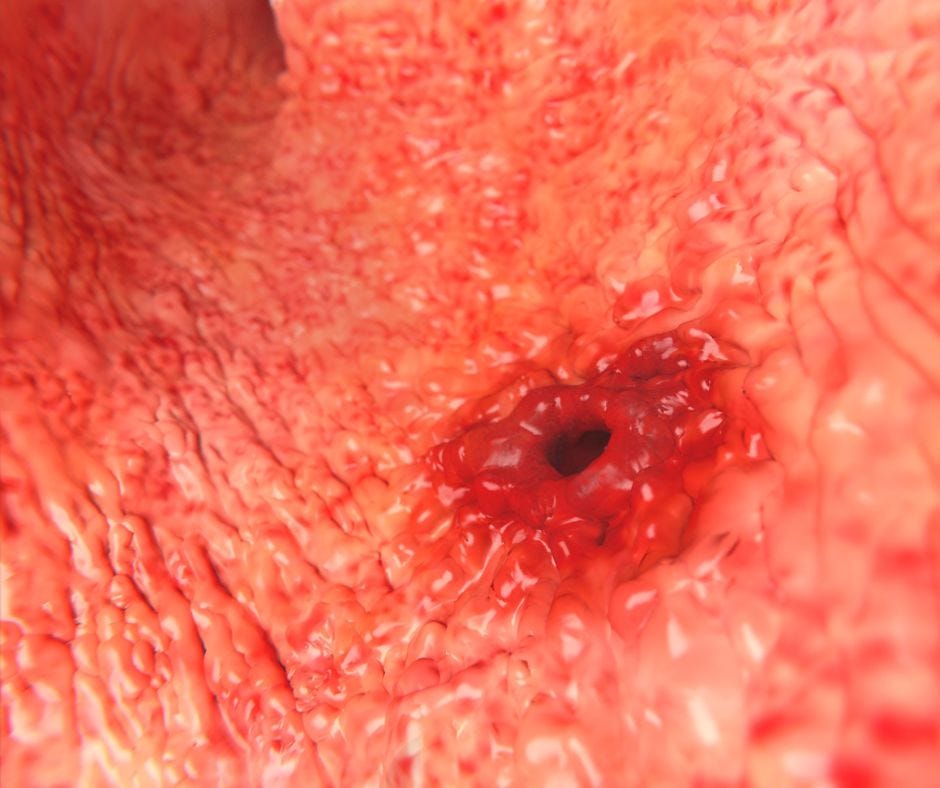
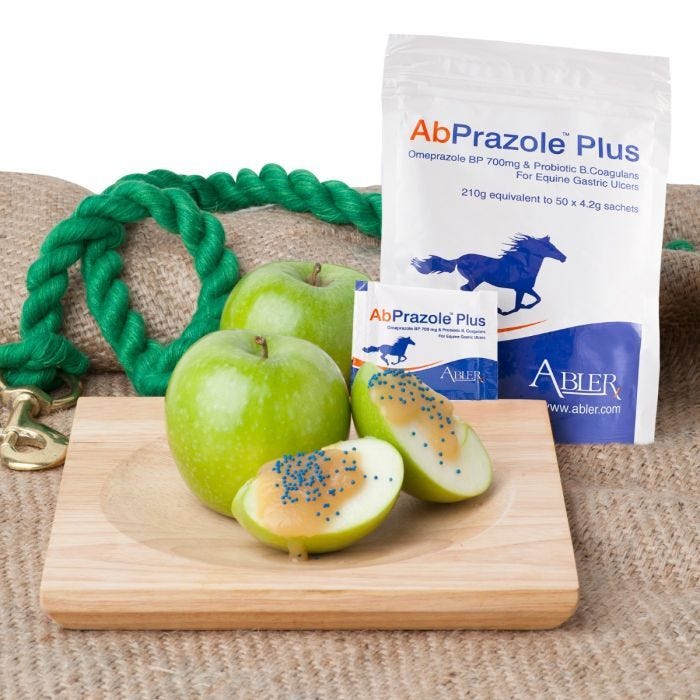
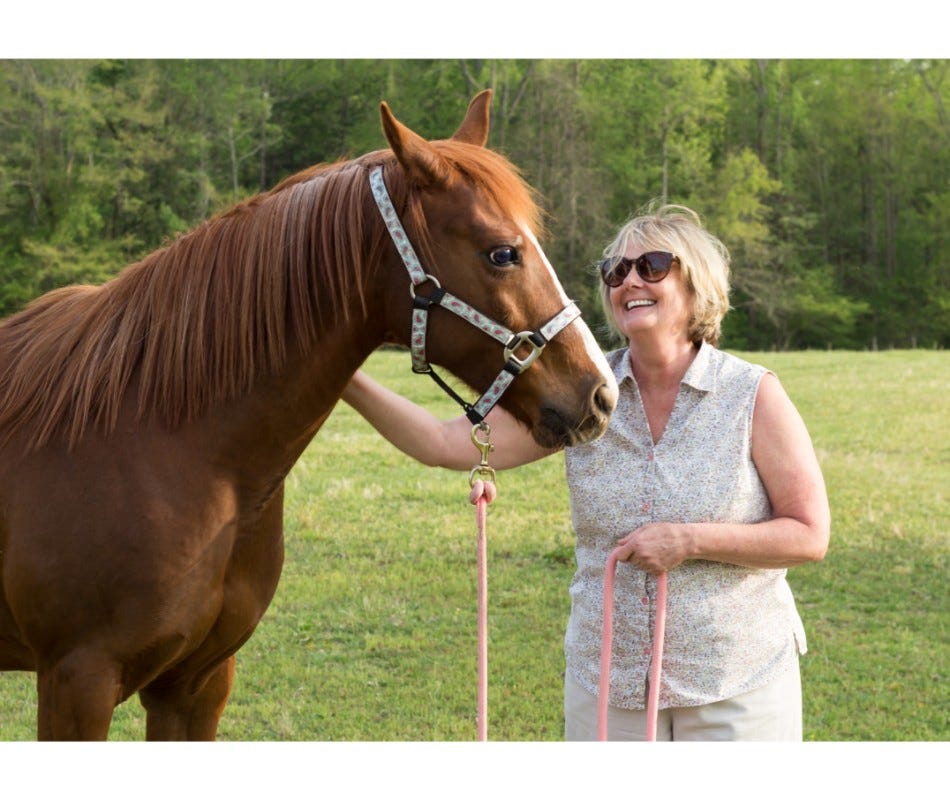
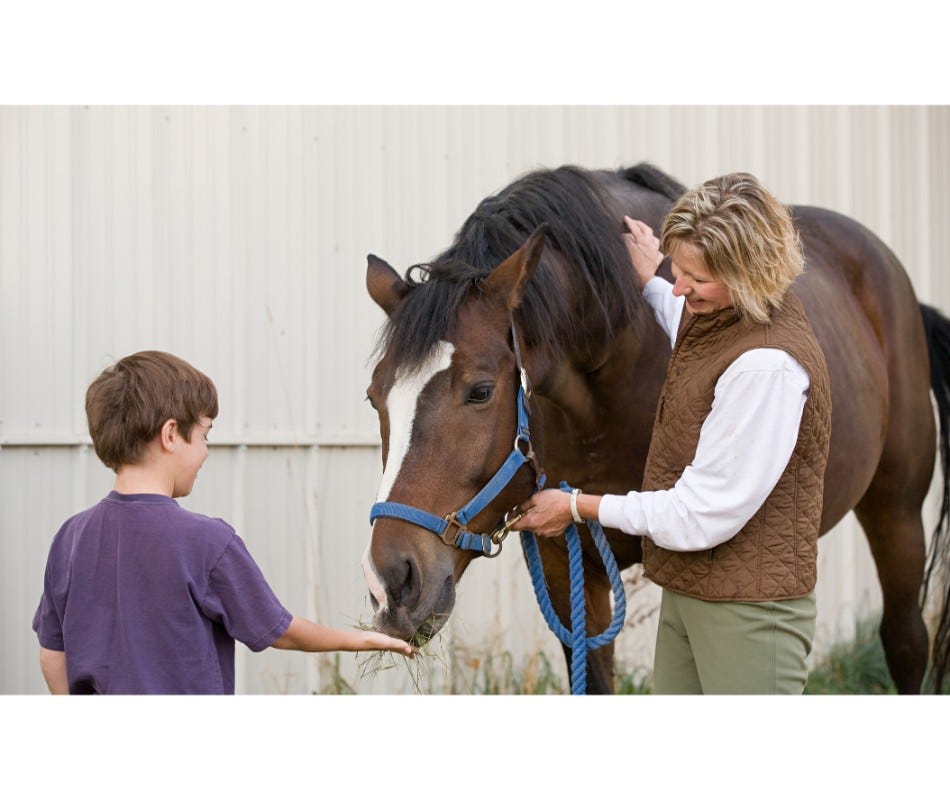
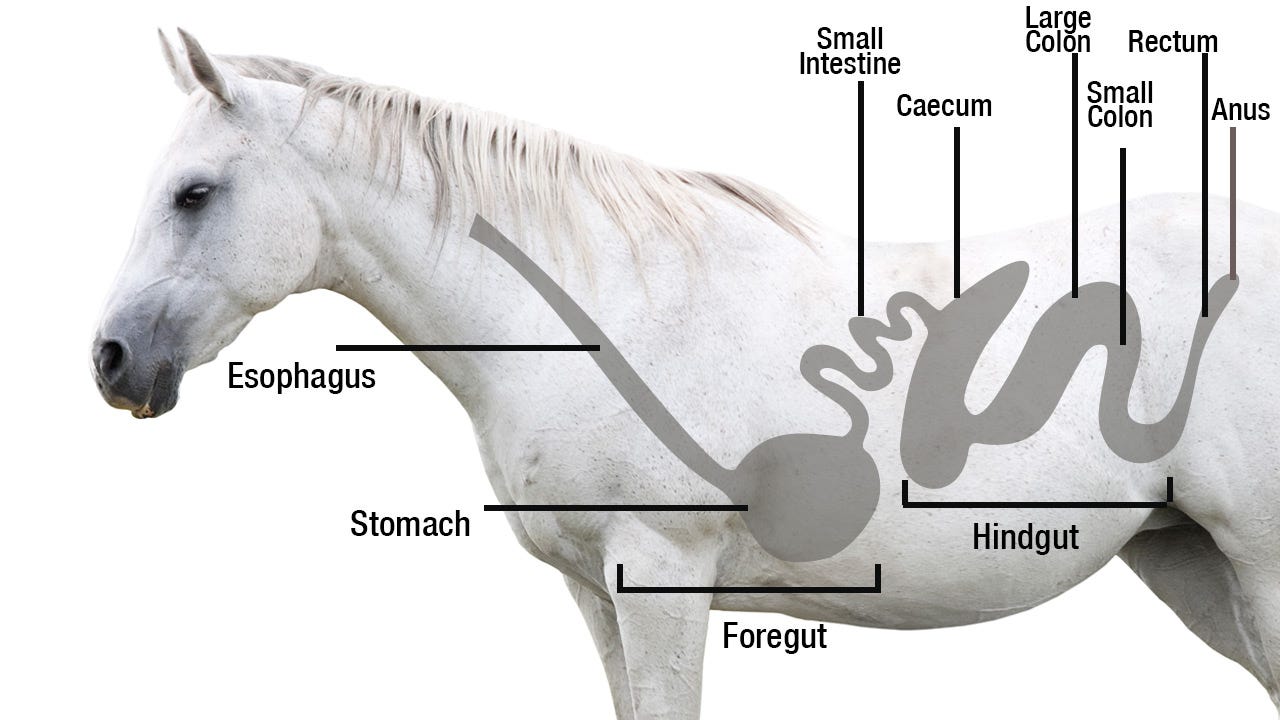
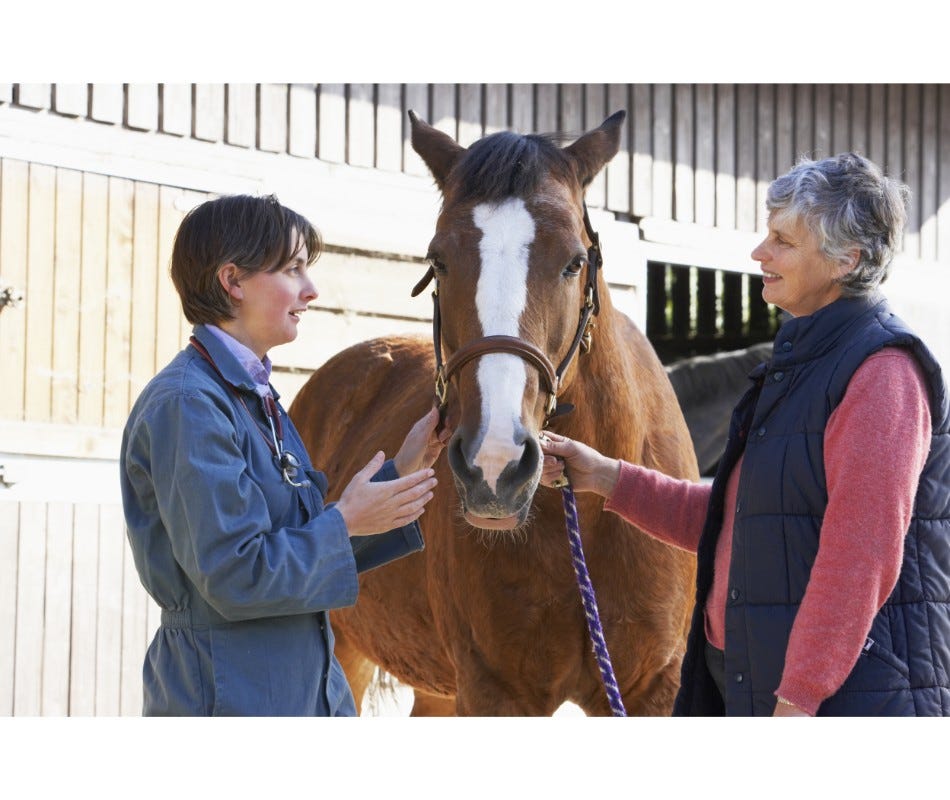
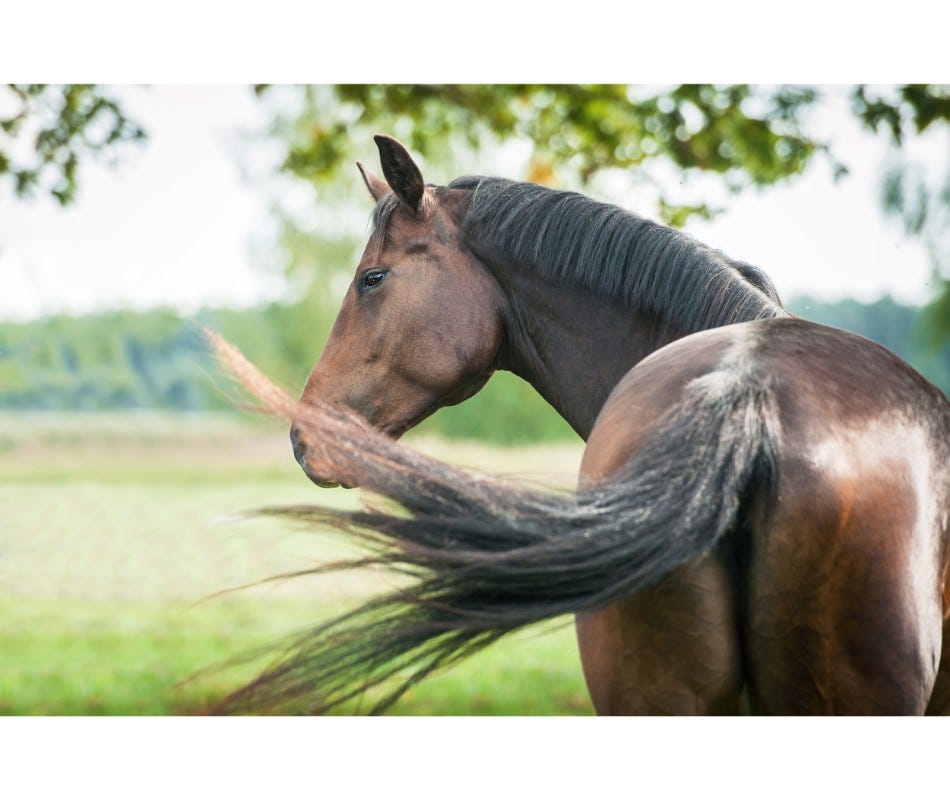
Validate your login